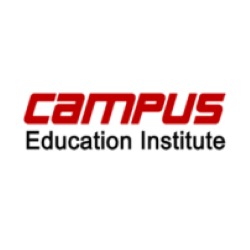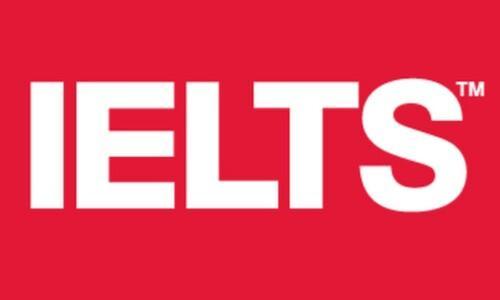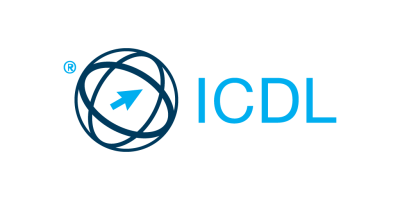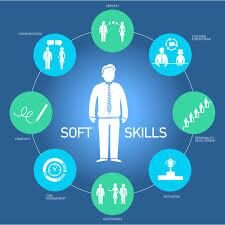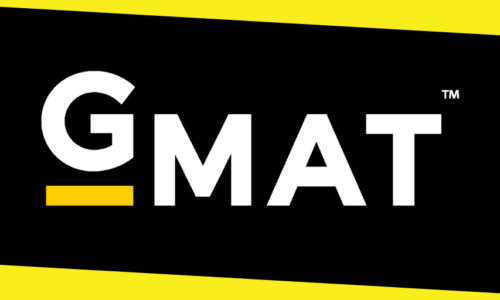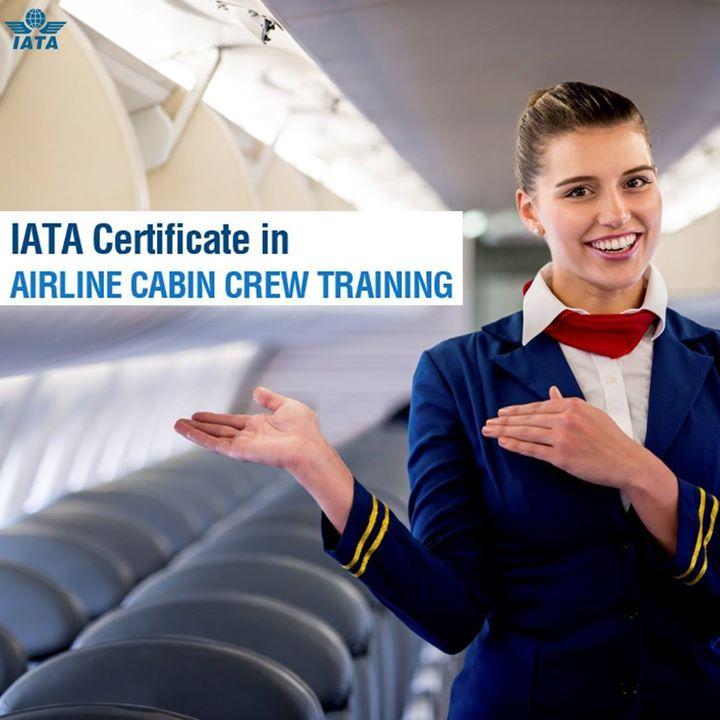Airline Cabin Crew Training
introduction to Airline Cabin Crew Training In this course, you learn the International Air Transport Association IATA ® terminology required to pass the IATA® exam. You will receive a CD of material including the IATA® Guide and exam bank questions. …
introduction to Airline Cabin Crew Training
In this course, you learn the International Air Transport Association IATA ® terminology required to pass the IATA® exam. You will receive a CD of material including the IATA® Guide and exam bank questions. You also receive the Campus Education IATA® attendance Certificate .
[tabs type=”vertical”]
[tab title=”What is The Certificate “]
The staff on an airplane can generally be divided into two groups, the flight crew and the cabin crew.
The individual who works in the passenger area are known as the cabin crew. Such an individual may be referred to as a stewardess, flight attendant or air hostess.
[/tab]
[tab title=”Accredited Organization”]
The International Air Transport Association (IATA) is an international industry trade group of airlines headquartered in Montreal, Quebec, Canada, where the International Civil Aviation Organization is also headquartered. The executive offices are at the Geneva Airport in Switzerland.
IATA’s mission is to represent, lead, and serve the airline industry. IATA represents some 240 airlines comprising 84% of scheduled international air traffic.
Currently, IATA is present in over 150 countries covered through 101 offices around the globe.
[/tab]
[tab title=”Certificate Advantages”]
Upon completing this course you will have the skills to :
– Appreciate the cabin crew profession, its origins and current practices.
– Describe aircraft types and cabin crew functions.
– Manage passenger interactions in a variety of circumstances.
– Recall emergency and safety procedures.
[/tab]
[tab title=”Workshop Activities”]
– Our workshop will provide you with valuable information to help you plan your Flight Attendant career.
– Honest assessment of your potential.
– Presentations by experienced airline staff.
[/tab]
[tab title=”Target Audience”]
This course is recommended for Aspiring cabin crew members.
[/tab]
[tab title=”Program Topics”]
– Introduction to Aircraft and Aviation Familiarization.
– Crew Member Coordination and Communication.
– Customer Service and managing passenger interactions.
– Safety and emergency procedures.
[/tab]
[tab title=”Why Campus”]
– 40 Training credit hours.
– Certified and Professional Instructors.
– Free Material Revision for each section.
– Re-attending the Course when needed without any charge.
– Catering Services.
– Certificate of attendance from CAMPUS.
[/tab]
[tab title=”Program Certification”]
*In addition a Certificate of Achievement will be awarded to those who faithfully attend, participate and successfully complete the Course .[/tab]
[tab title=”Outlines”]
Module 1 – Introduction to the Cabin Crew Profession:
1.0 Introduction to the Cabin Crew Profession.
1.1 History and Origin of Profession.
1.1.1 Key Historical Milestones
1.2 A Day in the Life of a Crew member.
1.2.1 A Day in the Life.
1.2.2 Benefits and Challenges of the Cabin Crew Profession
Module 2 – Landing the Job:
2.1 Landing a Job .
2.1.1 Resumes and applications.
2.1.2 Training and Certification.
2.2 Minimum Requirements
2.2.1 Minimum Requirements.
2.2.2 What Skills Do You Have?
2.3 Grooming and Personal Appearance.
2.3.1 Good Grooming Practices
2.3.2 Personal Hygiene.
2.3.4 Hair and Hairstyles.
2.3.5 Make-Up and Cosmetics
2.3.6 Jewelry.
2.3.7 Prescription Eye wear.
Module 3 – Cabin Crew Healthy Living/Lifestyle:
3.0 Cabin Crew Healthy Living/Lifestyle.
3.1 Healthy Crew Lifestyle.
3.1.1 Nutrition and Exercise.
3.1.2 Proper Lifting Techniques.
3.2 Adapting to Lifestyle Changes.
3.2.1 The Lifestyle of Cabin Crew.
3.3 The Pressures of Front line Work.
3.4 Personal Health.
3.4.1 Health Risks Associated with Travel and Flying.
3.4.2 Other Recognized Effects From Flying.
3.5 Security and Safety While Away From Base.
3.5.1 In Transit and in the Hotel.
3.5.2 When Sightseeing or Leaving Your Room.
3.5.3 Emergency Situations to Prepare for When Traveling.
Module 4 – Introduction to the Aviation Industry:
4.0 Introduction to the Aviation Industry.
4.1 Airlines, Charters, Private and Corporate Jets.
4.1.1 Scheduled Airlines and Alliances.
4.1.2 Charters and Corporate and Private jets.
4.2 Regulatory Agencies and Aviation Regulations.
4.2.1 What Is ICAO?
4.2.2 Government Agencies in Aviation Safety – CAAs, FAA, and JAA 74.
4.2.3 IATA – International Air Transport Association.
4.3 Customs and Immigration for Air Travel.
4.3.1 Customs and Immigration.
Module 5 – Introduction to Aircraft and Aviation Familiarization:
5.0 Introduction to Aircraft and Aviation Familiarization.
5.1 Aircraft Familiarization.
5.1.1 Aircraft Types.
5.1.2 Aircraft Layout and Terminology.
5.1.3 Aircraft Furnishings, Systems and Terminology.
5.1.4 General Aviation and Ground and Airport Operations Terminology.
5.2 Theory of Flight and How Aircraft Fly.
5.2.1 Take Offs and Landings.
5.2.2 Movement of an Aircraft in Flight.
5.3 Using Time Zones.
5.3.1 24-Hour Clock.
5.3.2 Greenwich Mean Time (GMT) and Time Zones.
5.3.3 International Date Line.
5.4 World Airport Codes and Airline Codes.
5.4.1 World Airport Codes.
5.4.2 Airline Designators.
Module 6 – Crew Member Coordination and Communication:
6.0 Crew Member Coordination and Communication.
6.1 Roles and Responsibilities.
6.1.2 Cabin Crew.
6.2 Flight Preparations.
6.2.1 Pr-flight Crew Briefing.
6.2.2 Pr-flight Preparations.
6.2.3 Flight Preparation.
6.2.4 Boarding Process.
6.2.5 Pr Take-Off Preparations.
6.2.6 Passenger Safety Briefing.
6.2.7 Preparing for Take-off.
6.2.8 Preparing for Landing.
6.3 Introduction to Crew Resource Management (CRM).
6.3.1 Communication, Interpersonal Skills and Handling Information.
6.3.2 Basics of Crew Resource Management (CRM).
Module 7 – Customer Service:
7.0 Customer Service.
7.1 Passengers are Guests.
Module 8 – Managing Passenger Interactions:
8.0 Managing Passenger Interactions.
8.1 Care Giving.
8.2 Giving a Command and Making a Request.
8.3 Flight and Fight Reactions.
8.4 Fear of Flying.
8.5 Passenger with Special Needs.
Module 9 – Safety and Emergency Procedures:
9.0 Safety and Emergency Procedures.
9.1 Accidents and Survivability.
9.1.1 Routine Preparation.
9.2 Evacuation and Emergency Procedure.
9.2.1 Unplanned or Planned Evacuations.
9.2.2 Emergency Landings.
9.3 Turbulence.
9.3.1 Air Turbulence.
9.3.3 Turbulence Related Incidents.
9.3.4 Injury Prevention.
9.3.5 Response to Turbulence.
9.4 Emergency Equipment.
9.4.1 Types of Emergency Equipment.
9.4.2 Types of Evacuation Equipment and Use.
9.4.3 Firefighting Equipment.
9.4.5 Emergency Equipment for Ditching.
9.5 Responding to Fires.
9.5.1 Classification of Fires.
9.6 Decompression.
9.6.1 What is Decompression?
9.6.2 Basic Response Procedures in a Decompression.
9.7 Hypoxia and How to Recognize it.
9.7.1 Hypoxia.
9.7.2 Rapid/Explosive Decompression.
9.7.3 The Effect of Decompression on the Flight Crew: TUC or Time of Useful Consciousness.
Module 10 – Medical Emergencies and Medical Training:
10.0 Medical Emergencies and Medical Training.
10.1 Emergency equipment on board (First Aid Kit, Emergency Medical Kit, Automatic, Defibrillator, Personal Protection).
10.1.1 First Aid and Medical Equipment.
10.2 Basic First Aid and Personal Protection.
10.2.1 Check-Call-Care: First Aid Primer.
10.2.3 Protect Yourself.
10.3 CPR, AED and Heimlich Maneuver.
10.3.1 Assisting Someone Who Has Stopped Breathing.
10.3.2 CPR.
10.3.3 AED (Automated External Defibrillator).
10.3.4 Heimlich Maneuver.
10.3.5 Sample Cabin Crew Medical Training Syllabus.
Module 11 – Introduction to Dangerous Goods:
11.0 Introduction to Dangerous Goods.
11.1 Dangerous Goods.
11.1.1 What are Dangerous Goods?.
11.1.2 Regulations and Standards.
11.1.3 Classifications of Dangerous Goods.
11.1.4 Why Dangerous Goods At All?
11.2 Hazard Class Definitions – Identification and Recognition.
11.2.1 Dangerous Goods or Hazard Class Definitions.
11.3 Precautionary Measures – Enforcement and Reporting.
Module 12 – Aviation Security:
12.0 Aviation Security.
12.1 Threats to the Industry – Bomb Threats, Hostage/Hijacking, Threatening or Abusive Passengers.
12.1.1 Who Poses a Threat?
12.1.2 Major Threats to the Aviation Industry.
12.2 Recognizing and Responding to Suspicious Activities, Disruptive Passengers and Other Threats.
12.2.1 Disruptive Passengers.
12.2.2 Response to Disruptive Passengers.
12.3 Cabin Crew’s Role in Aviation Security.
Module 13 – Introduction to Airline Catering and Food Service:
13.0 Introduction to Airline Catering and Food Service.
13.1 Airline Catering.
13.1.1 Food Service in the Airline Industry.
13.1.2 Caterers.
13.2 Galleys and Equipment Familiarization.
13.2.1 The Galley.
13.2.2 Pr-Flight Galley Check.
13.2.3 Delivery and Loading of Catering Services.
13.2.4 Security Procedures.
13.2.5 Types and Codes for Special Meals.
13.3 Service Types and Levels.
3.3.1 Service Levels.
13.3.2 Types of Meal Service.
13.4 Food and Service Hygiene.
[/tab][tab title=”Fees/Tuition”]
For the latest offers & Savings Please Call now .
[/tab]
[tab title=”Duration/Schedule”]
40 Credit Hours:
One Lecture per week ( 3 Months ).
Two Lectures per week ( 2 Months).
[/tab]
[tab title=”Instructors/Lecturer”]
Each of our instructors is a working professional from industry with at least 20 years of experience. They are senior project managers who bring a wealth of practical expertise to every workshop.
Speaking Languages:
( English / Arabic ).
[/tab]
[tab title=”Exam Details”]
– Examinations are held in March, June, September and December of each year at air Baltic Training, Riga, Latvia.
– Air Baltic Training will determines the exact date examination. Examinations occur during a 2.5-hour morning sitting Students enrolled in more than one course will be limited to one course examination per session. Exam registration deadlines apply to each course examination.
– Students are allowed 2 attempts to pass the examination within the 18-month enrollment period.
– A second failure will cause the enrollment to be cancelled.
[/tab]
[/tabs]
Course Features
- Duration 50 hours
- Activities Others

